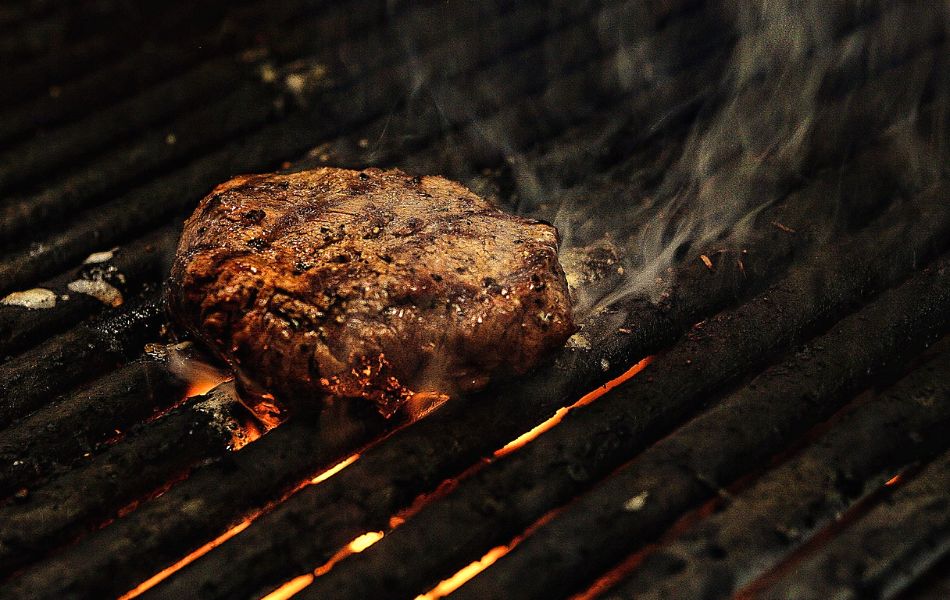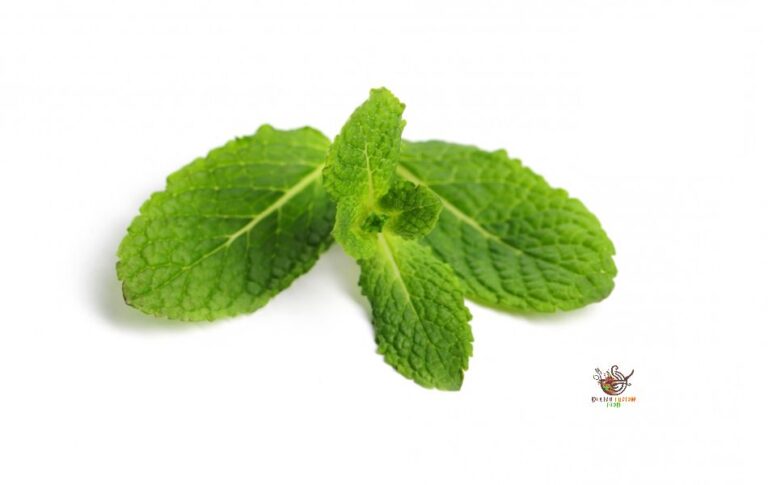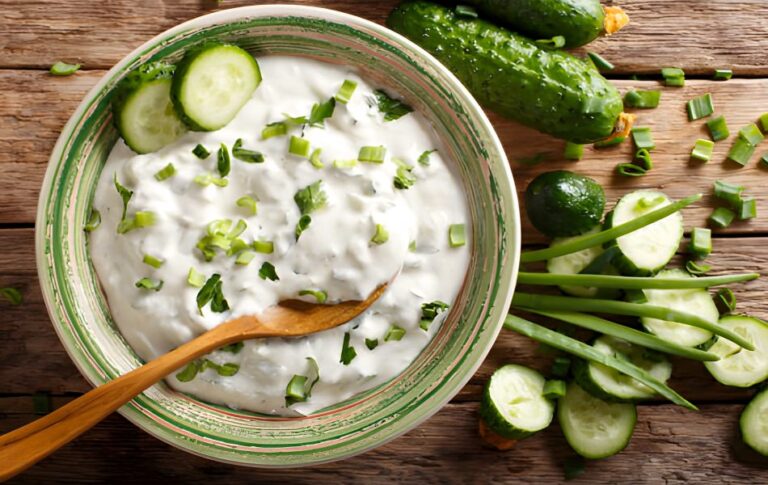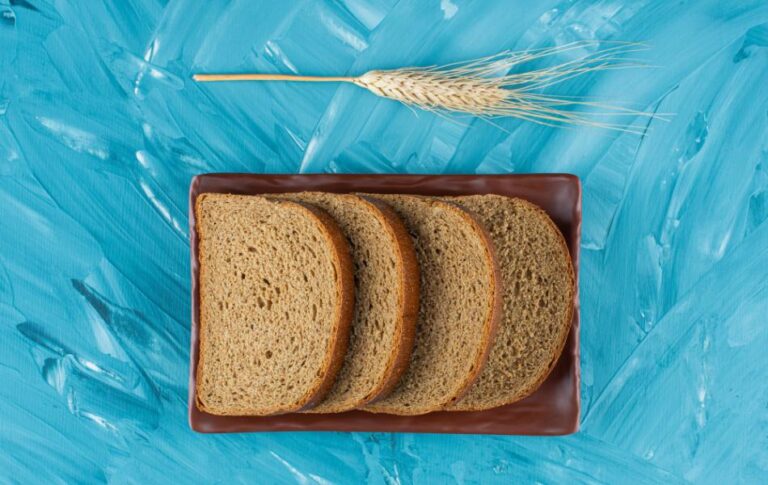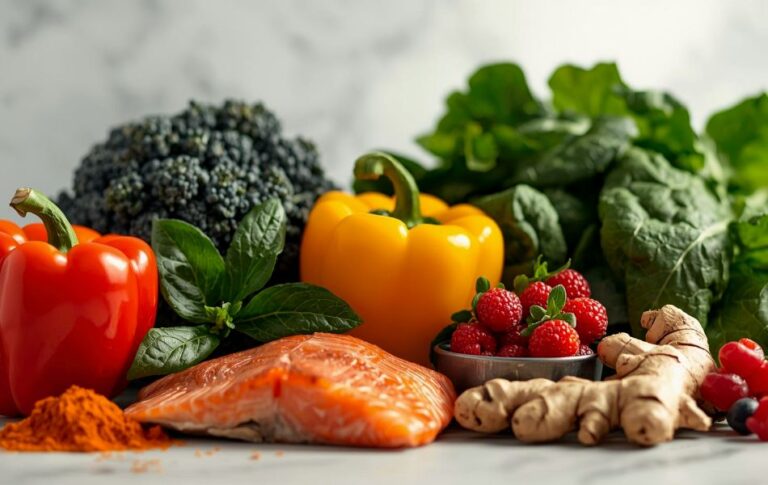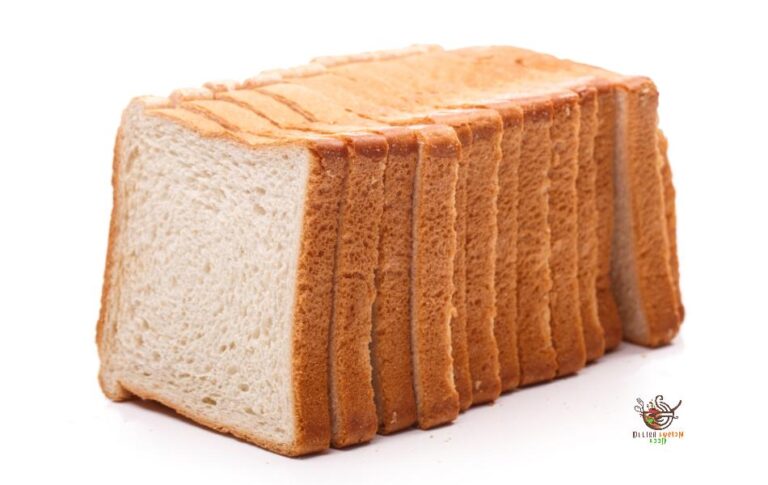Is Barbecue Food Healthy? A Flavor-First Guide to Smart Grilling
A warm night, the smell of smoke, and the sizzle of food on the grates. Barbecue has a way of pulling people together, filling plates, and making neighbors peek over the fence. Yet, as much as we love the smoky char and bold flavors, the question always lingers: Is barbecue food healthy?
The answer isn’t black or white. It depends on your choices, your portions, and your cooking style. With a few thoughtful shifts, barbecue becomes more than a guilty pleasure. It turns into a nourishing meal that fuels you without weighing you down.
What Healthy Barbecue Really Means
A healthier barbecue doesn’t mean giving up taste. It means reshaping the plate so flavor and balance walk hand in hand. In simple terms, it comes down to three things:
- Leaner proteins with less saturated fat.
- Plenty of colorful produce for fiber, hydration, and vitamins.
- Smart grilling techniques that avoid burnt crusts and excess sugar.
When those three parts come together, your body gets steady energy and your palate still celebrates smoky flavor, crunch, sweetness, and tang.
The Upside of Grilling
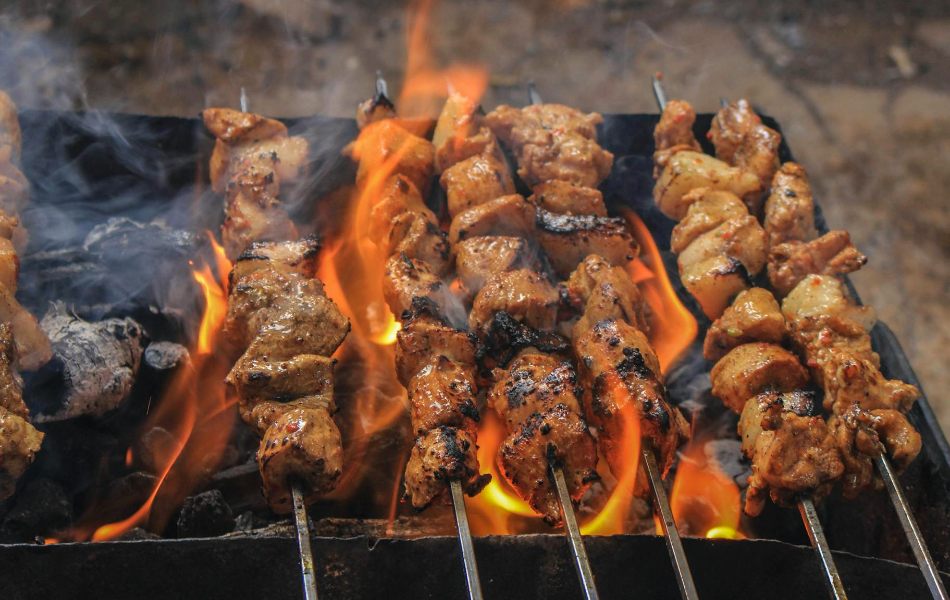
1. Nutrient Retention
Grilling holds on to more nutrients than many other cooking methods. Boiling vegetables often leaches vitamins into water, but grilled zucchini, peppers, and onions keep their bright colors – a sign the vitamins are still there. Even corn stays sweet and nutrient-rich when roasted in husks.
2. Less Fat
One of the biggest perks of grilling is how fat naturally drips away. A grilled chicken breast or lean steak often carries fewer calories than a pan-fried version. Fatty fish like salmon shed excess oils on the grates while leaving you with crisp skin and all the omega-3 benefits.
3. Clean Protein
Fresh cuts of meat or fish, tofu, and halloumi keep things simple. Unlike processed meats loaded with sodium and additives, these proteins give you high-quality fuel without hidden extras. Seasoning with herbs, garlic, or spices is enough to bring depth without drowning food in heavy sauces.
The Downsides to Watch
1. Sugary Sauces
Many commercial barbecue sauces contain more sugar than you realize. A single tablespoon may hold 15 grams or more. Thick coats early in the cook not only burn but also add empty calories.
2. Over-Charred Surfaces
Those black, crispy edges may look tempting, but charred food contains compounds formed when proteins and sugars react to high heat. Eating char once in a while isn’t harmful, but making it a regular feature is less wise.
3. Processed Meats
Hot dogs, sausages, and pre-made patties are easy and tasty, but they also bring preservatives, excess salt, and lower-quality protein. These foods are best as an occasional accent, not the centerpiece of every barbecue.
4. Oversized Portions
Cookouts often feature giant slabs of meat. While fun, they can leave you sluggish. A palm-sized portion of protein paired with plenty of vegetables and fruit feels more balanced and energizing.
Choosing Better Proteins
Barbecue doesn’t have to be all ribs and sausage. Healthier options grill beautifully and taste just as satisfying:
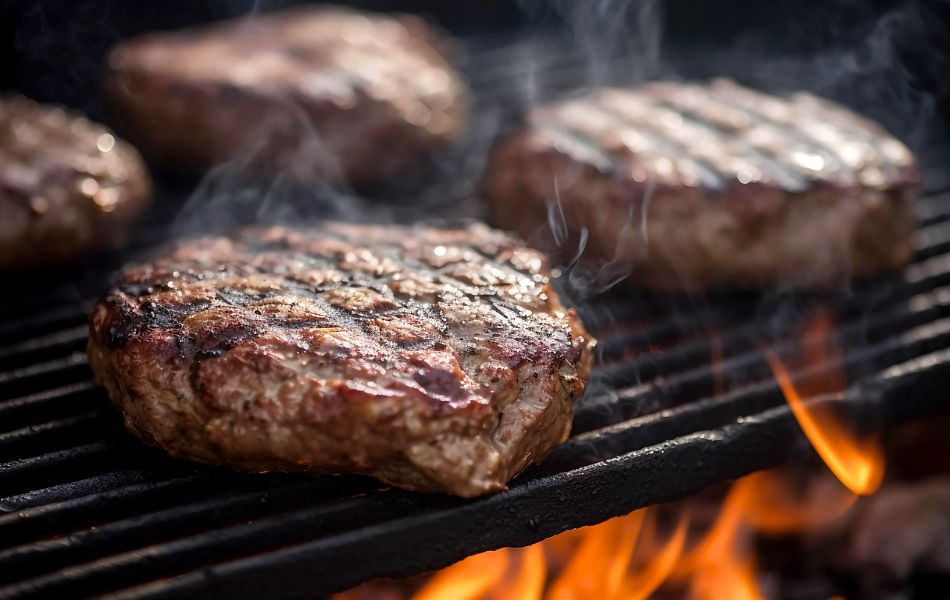
- Chicken and turkey: Skinless chicken breasts, thighs with skin removed, or turkey tenderloin.
- Lean beef and pork: Flank steak, sirloin, tri-tip, or pork loin. Flavorful but lighter.
- Fish: Salmon, mackerel, and trout are rich in omega-3s. Their natural oils crisp skin and help prevent sticking.
- Plant-based picks: Firm tofu, portobello mushrooms, and halloumi bring variety and texture.
Keep sausages, ribs, and processed cuts as occasional indulgences. Treat them as side characters instead of stars.
Marinades That Work for Health and Taste
Marinades aren’t just about flavor. Acidic ingredients like lemon juice, yogurt, or vinegar reduce the formation of unwanted compounds and keep food moist. A simple base works across many proteins:
- 3 tablespoons acid
- 2 tablespoons olive oil
- 1 tablespoon herbs or spices
- A pinch of salt
Rest thin cuts for 30–60 minutes, thicker cuts up to 12 hours. Yogurt gives chicken tenderness and tang, while miso or lime adds punch to fish or beef.
Managing Heat Without Losing Control
1. Two Heat Zones
Create one hot zone for searing and one cooler zone for finishing. On gas grills, leave one burner lower. On charcoal, push coals to one side. This simple setup prevents burnt crusts and undercooked centers.
2. Temperature Matters
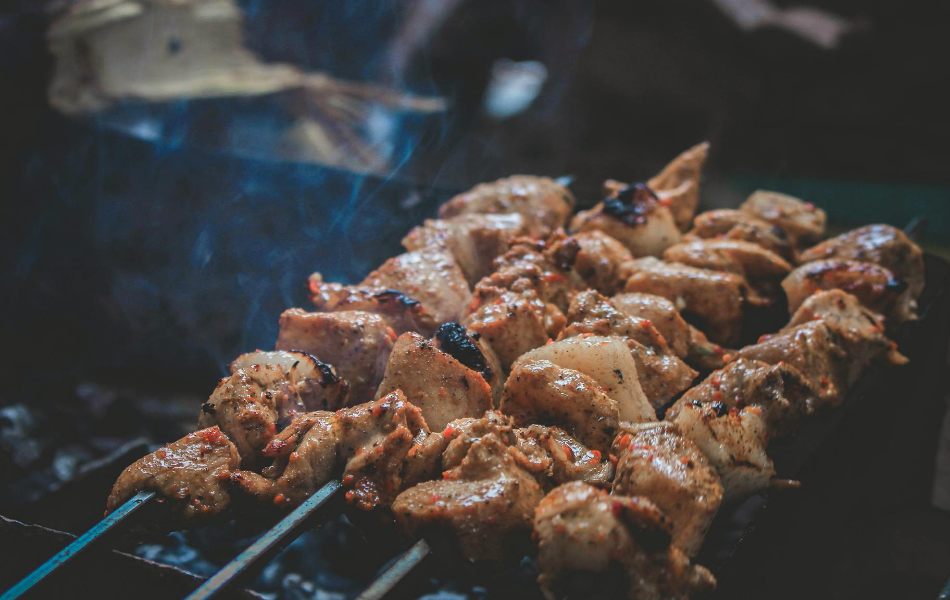
Use a thermometer instead of guessing. Chicken and turkey: 165°F (74°C). Beef, pork, and lamb steaks: 145°F (63°C). Fish: 145°F (63°C). Resting proteins allows juices to settle and texture to improve.
3. Keep Grates Clean
Brush the grill before each use. Oil the food lightly, not the grate, to avoid flare-ups and sticking.
4. Control Flames
Trim excess fat to reduce dripping. Move food to the cooler zone when flare-ups spark. A small spray bottle of water helps keep flames under control.
Smarter Sauces and Seasonings
Sauces bring flavor but often overload the plate with sugar and salt. Instead:
- Brush barbecue sauce on in the last few minutes instead of coating food early.
- Serve sauces as dips, letting diners control how much they use.
- Bright alternatives like salsa, chimichurri, or yogurt-herb dressings add freshness without heaviness.
Dry rubs are another smart option. Paprika, garlic powder, onion powder, and chili create bold flavor with no liquid sugar.
Balance on the Plate
Think in simple fractions:
- Half the plate: vegetables and fruit.
- One-quarter: lean protein.
- One-quarter: whole grains or starchy vegetables.
This plate method keeps meals colorful, nutrient-dense, and portion-controlled.
Smarter Sides
- Grilled vegetables: zucchini, peppers, onions, and eggplant.
- Fresh salads: cucumber with dill, tomato with basil, or vinegar-based slaw.
- Whole grains: quinoa salad, couscous, or herbed brown rice.
- Fruit as dessert: pineapple rings, peach halves, or watermelon wedges seared lightly on the grates.
These choices make meals satisfying without heaviness.
Common Pitfalls and Quick Fixes
- Dry chicken: Brine breast meat in salted water for 30 minutes. Rest after cooking before slicing.
- Too much sauce: Keep sugary sauces for the last brush. Lean on herbs and citrus for most flavor.
- No vegetables: Balance the sea of brown with colorful vegetables and fruit.
- Char overload: Use two-zone heat and flip food regularly to prevent black crusts.
Plant-Forward Barbecue
Barbecue isn’t only about meat. Some of the most memorable flavors come from plants:
- Portobello mushrooms grill like steaks.
- Halloumi delivers golden edges and squeaky texture.
- Corn on the cob shines with olive oil, salt, and lime.
- Veggie skewers bring color and variety.
You can even blend beans into burger patties for added fiber and moisture. These swaps lighten the spread while keeping it satisfying.
Weekly Barbecue Roadmap
Healthy grilling doesn’t need to be a weekend-only event. Here’s a simple weeknight plan that balances proteins and vegetables without fuss:
- Monday: Turkey tenderloin with lemon and herbs, served with grilled zucchini and couscous.
- Wednesday: Salmon brushed with miso-citrus glaze, paired with asparagus and brown rice.
- Friday: Flank steak thinly sliced across the grain, with tomato and red onion salad plus whole-grain flatbread.
Each meal follows the same rhythm: lean protein, colorful sides, controlled heat, and light sauces.
Handy Swaps Table
| Instead of | Try | Why It Works |
|---|---|---|
| Ribs as main | Pork tenderloin medallions | Leaner, cooks quicker |
| Heavy sausage | Turkey or chicken sausage | Less fat and sodium |
| Thick barbecue sauce | Tomato salsa or yogurt-herb dip | Bold flavor, less sugar |
| White bun | Whole-grain bread or lettuce wrap | More fiber, lighter feel |
| Creamy slaw | Vinegar slaw with olive oil | Crunchy, fresh, balanced |
| All-meat plate | Half vegetables, half protein | Color, fiber, fullness |
Quick FAQ
Is barbecue food good for weight goals?
Yes, when portions are moderate and half your plate is filled with vegetables. Lean proteins help with hunger control.
What oil works best for grilling?
Olive oil in modest amounts is fine. Coat food lightly to reduce sticking and smoke.
How do I limit char?
Use two heat zones, flip food often, and move proteins away from flare-ups. Trim blackened edges before serving.
How do I keep chicken moist?
Brining adds insurance, thighs are more forgiving, and resting cooked chicken helps keep juices inside.
See Also – Master Charcoal Cooking: Tips for Perfectly Grilled Meals
Closing Thoughts
So, is barbecue food healthy? The answer is yes, when you build plates with balance, manage the heat, and season smartly. Lean protein, colorful sides, and lighter sauces give you bold flavor without the sluggish aftermath.
Barbecue is about connection as much as food. When you keep portions thoughtful and char under control, you enjoy meals that leave both your body and your taste buds happy.
Next time someone asks, you can smile and say with confidence: Yes, barbecue food is healthy – and dinner smells amazing.

